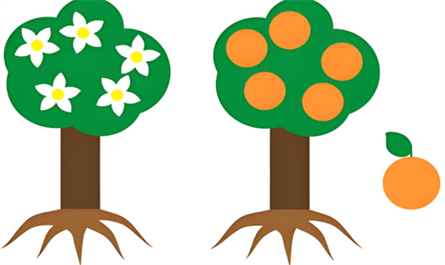Knowledge
-
Effects and Applications of Plant Growth RetardantsDate: 2025-08-14What are Plant Growth Retardants?Plant growth retardants are a class of chemical substances that inhibit plant growth, elongation, and development and promote proline accumulation. Plant growth retardants are commonly used in agriculture and horticulture to regulate plant growth and development rates, ensuring the quality and yield of crops or garden plants.

-
Overview of Plant Growth Regulators in horticultural crop cultivationDate: 2025-08-08In horticultural crop cultivation, a wide variety of plant growth regulators are used, exceeding 40 types. For example, plant growth promoters include Gibberellic Acid (GA3), Naphthyl Acetic Acid (NAA), Indole Acetic Acid (IAA), Indole-3-Butyric Acid (IBA), and 2,4-D; plant growth inhibitors include abscisic acid

-
The difference in the effects of different plant growth retardantsDate: 2025-08-07Plant growth retardants are essential in the process of crop cultivation. By regulating the vegetative growth and reproductive growth of crops, better quality and higher yield can be achieved. Plant growth retardants usually include paclobutrazol, clofosbuvir, mepiquat, chlormequat

-
The combined application of Diethyl aminoethyl hexanoate DA-6 and other pesticidesDate: 2025-08-01The combination of Diethyl aminoethyl hexanoate and potassium dihydrogen phosphate can effectively promote the rooting and seedling growth of crops, improve the flower and fruit retention rate, further promote fruit enlargement, and enhance the stress resistance of crops. This combined use method significantly improves the yield and quality of crops.
.jpg)



